
Coasting down the mountain from the McDonald Observatory toward Fort Davis. Note the haze in the air from area fires.
15 April 2011 (posted the next morning). A fairly relaxed day of easy pedaling and explorations between the McDonald Observatory and Alpine. I dropped almost 2,000 feet from my host’s place at the McDonald Observatory and had somewhat of a tailwind to boot!
The challenge was to keep pedaling. I kept stopping to take photos of burned land, emergency response vehicles, and wildlife. But it was a good day. No knee pain at all. (Yes, Jerelyn, I’ll keep taking—resume taking—the ibuprofen.)

Looking out at the hills south of the McDonald Observatory in the early morning light. I was still pretty bundled up from the cold morning air--in the mid-30s.
From the catwalk of the 107-inch Smith telescope at the McDonald Observatory the other day I could see extensive burned areas way in the distance. Today, I passed through those distant places—the smell of fire and the lingering haze of smoke still in the air. It was amazing to see how the grassland fire spread. It was like a patchwork; one area would be totally blackened and an area right nest to it the same tinder-dry, browned grasses that had been there last week. In some cases, islands of untouched grasses remained while all around them was char. Why did the flame shift around so, I wonder?
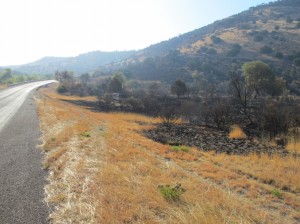
The first scars I saw from the fire last weekend, just north of Fort Davis. Lots of smokey haze in the air.

The mobile command center at Davis Mountains State Park, north of Fort Davis. The park was closed and being used for firefighters to camp.
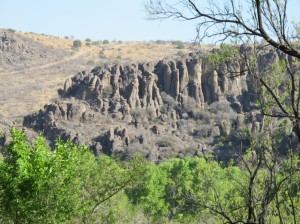
One of many exposed ancient lava flows. John Keuhne had told me that the mountains around here are mostly volcanic.
Fort Davis is the epicenter of the fire-control effort. The Davis Mountains State Park, which I passed, was closed and is being used as a staging and camping area for the hundreds (thousands?) of firefighters from all over. There was a mobile command center, troopers stationed at the entrance (the two troopers were quite pleasant when I stopped to chat), and between there and Fort Davis, hundreds of emergency and fire vehicles of every sort passed me on Route 118.
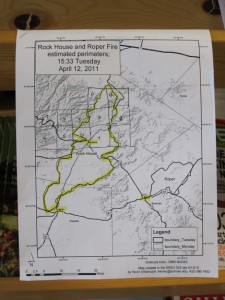
A map posted at the store showing the extent of the Rock House and Roper fires. Fort Davis is centered in the larger Rock House fire area; the Roper Fire seems to be in the Alpine area.
In Fort Davis I stopped for breakfast at the Stone Village Market—a great natural foods grocery store. I had a hot biscuit-and-ham sandwich, creamy yogurt (none of this reduced-fat stuff I eat at home!), a bottle of pure coconut milk, and a large piece of apple pie; I saved the oatmeal cookie for later!
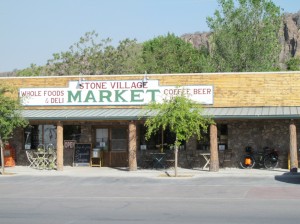
A great, natural foods store in Fort Davis--I was told it's the only place to get organic food this side of Austin.
Getting out of town was hard because of all the stops to photograph fire damage. Just south of town I came across five pronghorn antelope wandering over the charred ground, periodically pawing at the dusty ash, and seemingly much less skittish than pronghorn I’ve seen in the past—as if they had given up hope with the loss of so much of their forage.
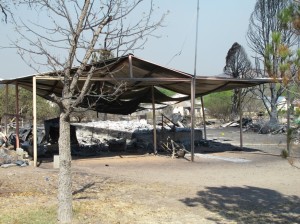
Remarkably, only 24 homes and two commercial buildings were destroyed by the Rock House fire as of the 14th.
Just past there I biked into the Chihuahuan Desert Research Institute. I was hoping it might be like the Sonoran Desert Museum near Tucson that Jerelyn and I visited a year-and-a-half ago, but that wasn’t the case. First, the ride in was hard—a mile over this rocky, dusty caliche surface where the bike tires are bounding over one- and two-inch rocks. The center itself seemed sort-of run-down—not quite a critical mass to it.
The woman who welcomed me and took my $5 seemed all too anxious to put her ear buds back in and get back to whatever it was she was doing. When I asked about the owner of the car with Vermont plates in the parking lot (there were only about three cars), she said that a volunteer is from Lincoln, Vermont, but thought she was off for lunch. Little engagement. When I came back from a walk down to Modesta Spring, a natural spring in a canyon, and asked what wren would have made a warbling call that dropped in pitch, she didn’t know and didn’t offer to help me find it in one of their books. (I since checked it on my Sibley app on my iPhone, and it was definitely a canyon wren—gorgeous song!)
My reaction to the place might just be how dry it was. This area hasn’t had any rain since last September. The relative humidity today was hovering between 2% and 3% two different people told me. Everything seems withered. Even at the spring very little that was verdant. Large tufts of grass right at the water’s edge seemed just as brittle-dry and brown as the grasses springing from rock outcroppings nowhere near surface waters. Only some ferns seemed really green. I don’t understand why that’s the case.
The more landscaped walk was all right, but hoses snaked everywhere with drip irrigation doing its best to keep plants alive. I think they must not have the visitation to justify better exhibits and better maintenance. More people need to stop in and pay their entrance fees or—better yet—join the Institute as a supporter.
From there, it was a pretty straight shot into Alpine. Even with all the stops—and a good two hours at the Desert Institute—I got into Alpine by a little after 3 pm. I dropped off my gear at the place I’m staying—a very generous WarmShowers host, Liz Rogers, who makes a guest house available—and found my way over to the bike shop by a little before 4 pm.
John Elsbury at the Bikeman had kept the two tires for me as promised, even though another bicyclist on a cross-country tour tried to buy them yesterday; John sold him slightly thinner tires (28s instead of 32s); apparently these Schwable Marathon Plus tires are hard to get hold of this year. They aren’t cheap ($55 apiece; and John accepts only cash or check), but they’re apparently the best. My rear tire, in particular, was very worn, so I’m relieved to have these new tires.

John Elsbury (Bikeman) putting rugged new tires on my bike. There are no other bike shops for over 200 miles, so I was glad to replace my worn tires here. I had called in advance to make sure he had what I needed.
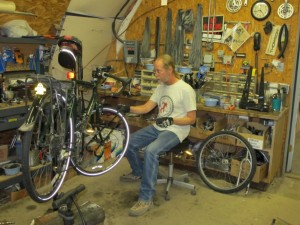
While John worked, we chatted about bicycle touring and Alpine. I later joined John and his friends at a local watering hole.
I asked John about places to eat and drink, and he mentioned that he would be going to the Railroad Blues Bar, just a block away. I rode to where I’m staying, showered and changed, and biked back, got a Shiner Bock on tap and joined John and a group of eight or ten others at a long table outside. John explained that this was the left-leaning, intelligentsia crowd; I gather they meet frequently—at least on Friday afternoons.
I got into a number of great conversations: with an adobe builder in town, David Busey; a semi-retired political science professor at the local college; and another builder, Tom Curry, who builds papercrete—a mix of recycled paper, sand, a bit of Portland cement, and water. Interesting folks all. I described what I’m doing; we talked about “passive survivability,†the potential for economic collapse (several were familiar with James Kunsler and Chris Martensen), thermal mass in buildings, and lots of other neat stuff.
The group gradually thinned out. I finished the second beer that David bought for me, and headed off on my bike to find dinner. I had gotten a few recommendations and checked out one Mexican restaurant but decided to keep looking. I ended up at a bar with live music and outdoor seating with a mobile BBQ van parked next door. I got another Shiner Bock and a pulled pork sandwich and sat down to enjoy the music.
Two different people came over and sat down across from me at different times to ask if I was biking across the country; they had seem my ride up, I suppose, and I had a biking cap on. The first guy, Steve, seemed to be a homeless drifter who came over to Alpine from Deming, New Mexico a few weeks earlier. He was living in an abandoned barn and dumpster-diving for most of his food. I learned how much pizza gets thrown out and how to time you’re salvage missions into the dumsters. But Steve also seems to have a drinking problem. He had used the CouchSurfing website (like WarmShowers but not limited to bicyclists), but he says he got a bad review by a host, so he’s now sort of blacklisted.
Steve left to use the bathroom and didn’t return, but Tim Gilbert took his place. Tim is much younger—a transplant here from New Hampshire about three years ago. He does a lot of bicycling and motorcycling and asked about my travels. Nice guy. He works for a general contractor in Midland, Texas building schools, but on weekends he comes down here, where he has a small adobe home.
His girlfriend works in Terlingua, in the Big Bend area, at a funky inn called Upstairs at the Mansion. I guess Terlingua is sort-of a ghost town, but coming back. Tim encouraged me to go down to Big Bend; he thinks there’s a car rental place with quite reasonable rates: $39 per day plus 10¢/mile. I’ll consider that, though I don’t have good hiking shoes and would prefer visiting Big Bend with Jerelyn. I could also drive over to Marfa, which is unique in very different ways—as an arts community. There is also a gem and mineral show in Alpine this weekend.
For now though, it’s bedtime!
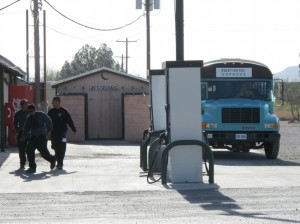
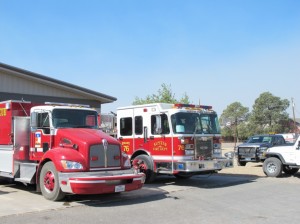
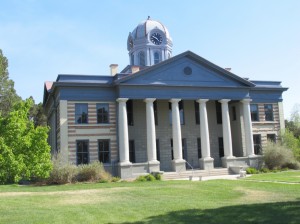
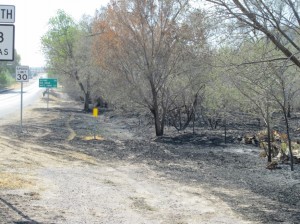
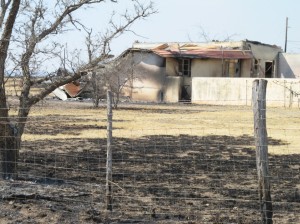

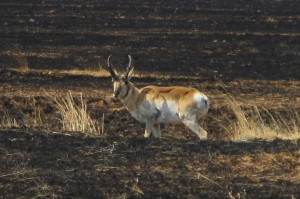
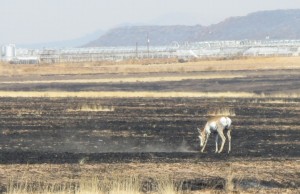

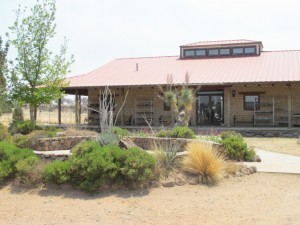

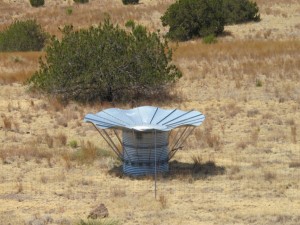
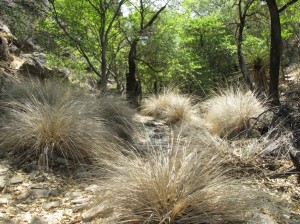
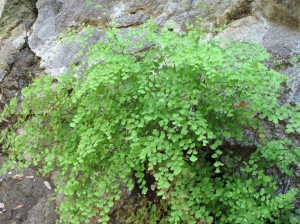
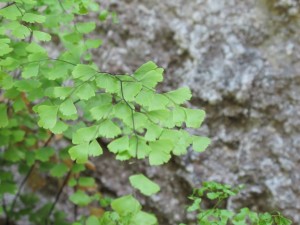
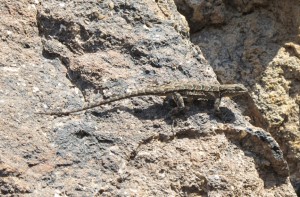
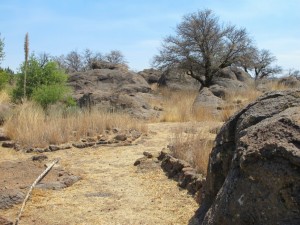
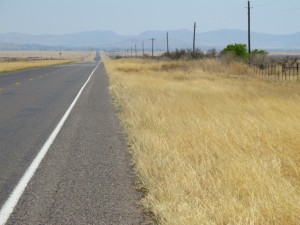
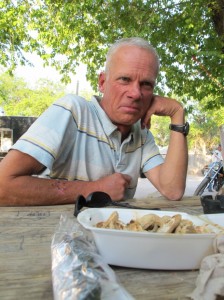
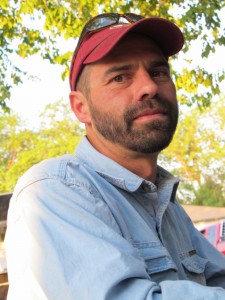
What strikes me is how dry it is out there. Snow is gone here but not up on Rte 100 where I travel on Tuesdays and Wednesdays. Mt. Snow’s trails are still loaded with snow and no patches. Also, despite recent road grading, many area roads are still in horrendous high mud season shape. just replaced struts on our subaru yesterday. One good thing about your distance from New England is you’re too far away to catch the stench that is issuing from Fenway Park with the league cellar-dwelling Sox stinking up everywhere they play.
Bill
Hey Alex –
What a journey you are on, my friend. I read up on your days every half-week or so and feel pretty connected. Thanks for sharing so much.
And on your physical and mental approach: whether it’s Amtrak or your bike, you are no more or less a leader and truly great guy in my book.
Stay or adjust course – we now your mettle!
Pete
Hi Alex,
Maidenhair Fern (Adantium capillus-veneris)
Class Filicopsida
Family Adiantaceae
Genus Adiantum (Maidenhair Fern)
Hugs, Connie
Tell your [u]cozaar side effect of coughing[/u] right conceivably if you think you have overwhelm unhappy while catalyzing mitomycin.
Thanks , I have just been looking for information approximately this topic for a while and yours is the greatest I have discovered so
far. However, what in regards to the conclusion? Are you sure concerning the supply?
I see a lot of interesting posts on your blog. You have
to spend a lot of time writing, i know how to save you a lot of time,
there is a tool that creates unique, google friendly posts in couple of
minutes, just search in google – laranita’s free content source
Hi there, You have done a fantastic job. I will
certainly digg it and personally suggest to my friends.
I’m confident they’ll be benefited from this website.
Stop by my page: webpage – Linette,